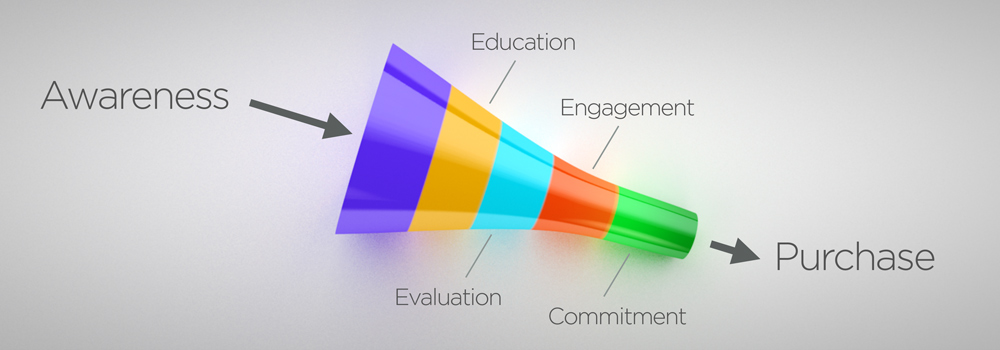Whether consciously developed or not, every company has a business model. It’s the fabric of how the organization has been set up to generate sales, revenue and – hopefully – profit.
Wikipedia defines a “business model” as being a description of “…the rationale of how an organization creates, delivers, and captures value.”
But business models change. And they change for a variety of reasons.
- Competition – No-one is doing what you’re doing. Or, perhaps, everyone else is doing what you’re doing. Whichever way around, it results in a change in your business model. Or should do.
- Commoditization – The product or service that you’re selling can no longer be differentiated in the minds of your customers from similar value offerings from others. As a result, you compete purely on price. Time to change that business model, since there’s always – ALWAYS – someone who’ll sell it cheaper that you will.
- Technology – No matter how entrenched your company is within your markets, there’s the danger that a disruptive technology may enter your industry and displace the existing, established status quo. Look at how a combination of the internet and mobile devices are killing-off printed newspapers. Or how internet downloads and streaming media services are displacing video rental stores such as BlockBuster.
The Importance Of Adapting Your Business Model
Today, companies may need to change their business model many times. For example, Apple used to sell computers, software, and the odd peripheral or two. Today, while computers are still the mainstay of the company, Apple have diversified into music players, mobile devices, and content downloads. Apple make more revenue from the sum total of iPods, iPhones, iPads and iTunes than they do from Macintosh sales.If your business doesn’t create the marketspace or technology, and doesn’t have bottomless resources and expenditure, then your business is influenced by the three factors I’ve outlined.
You need to continually re-evaluate your model to review its relevance.

